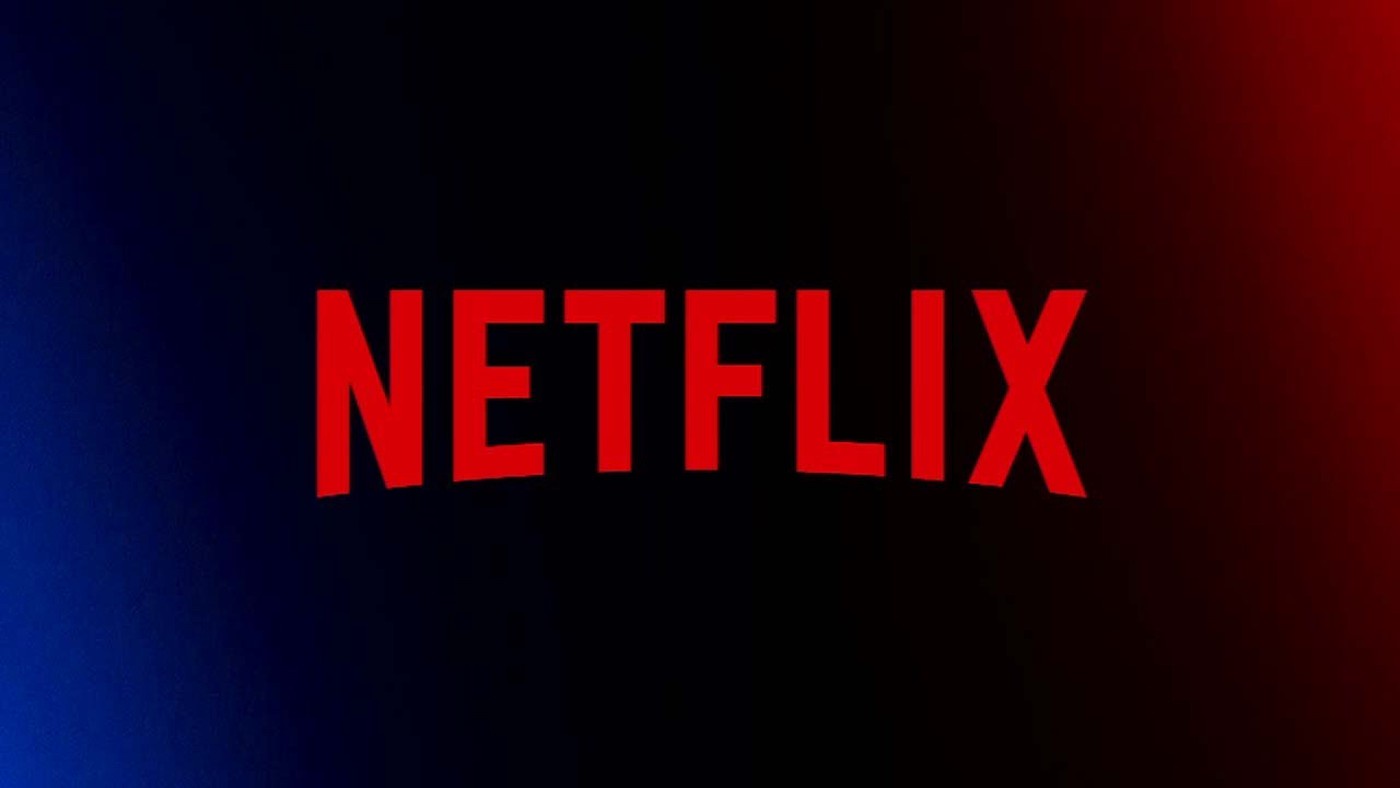Netflix's recent surge in subscriber growth following its enforcement against password sharing demonstrates a significant shift in the streaming service's strategy and its potential long-term impacts on the industry. Here's a deeper look into the situation and what it could mean for subscribers and the market.
Impressive Growth
The addition of 9.33 million subscribers in the first quarter of 2024 is a remarkable achievement for Netflix, particularly as this move comes after the company's decision to clamp down on password sharing. This initiative was part of a broader strategy to convert unauthorized users into paying customers, thereby boosting revenue and regularizing user accounts.
Strategic Enforcement
Netflix's approach to reducing password sharing was risky, given the potential backlash from users who had become accustomed to sharing their accounts with friends and family outside their household. However, the strategy appears to have paid off, as evidenced by the substantial increase in subscriber numbers. This suggests that many users who previously accessed the service for free have decided to open their own paid accounts.
Global Subscriber Base
With the global subscriber count now standing at 269.6 million, Netflix has further solidified its position as a dominant force in the streaming industry. The company's reach—an estimated audience of over half a billion people when considering household sharing—highlights its massive influence and capability to set trends within the media landscape.
Revenue Focus
The successful transition of users from free to paid subscriptions likely provides Netflix with a more stable and predictable revenue stream. This is crucial for the company's long-term financial health, especially as it continues to invest heavily in original content and new programming formats. Netflix's shift in focus towards revenue and operating margins rather than just subscriber growth reflects a mature approach to its business model, emphasizing profitability and sustainability.
Expansion into Ad-Supported Plans
Netflix's introduction of ad-supported streaming options marks another strategic pivot designed to capture a wider audience, including those who may find the standard subscription costs prohibitive. This tier not only makes Netflix accessible to more people but also opens new revenue streams through advertising, which could be significantly lucrative given the platform's vast user base.
Future Outlook
Looking ahead, Netflix is keen on diversifying its content offerings. The move into live programming, such as stand-up specials, wrestling, and boxing, suggests an attempt to broaden its appeal and compete with live TV services and sports streaming platforms. This could attract a different segment of viewers, further enhancing subscriber growth and engagement.
Conclusion
Netflix's decision to stop reporting quarterly paid membership and revenue per subscriber may indicate a new phase where traditional metrics of success are prioritized over subscriber counts alone. As Netflix continues to innovate and adapt to the changing media consumption landscape, it remains a bellwether for the streaming industry, setting standards that others may follow. The success of its recent initiatives could lead to similar strategies by other platforms, potentially leading to more widespread changes in how streaming services manage subscriptions and user access.














